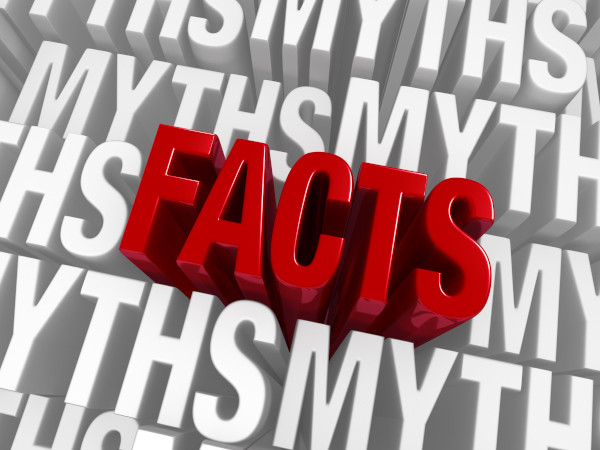Why I alternate my running shoes – and it’s probably not why you think.
In my previous post (Race Day Tomorrow – Reedham Ten, the race that never was, but should be next weekend), I mentioned purchasing some new running shoes. This prompted some people to ask about shoe rotation, so I thought I’d briefly outline this and my thoughts.
For those that don’t know, ‘shoe rotation’ is the practice of alternating your running shoes from day to day. In essence the core principle is not to wear the same shoe on consecutive days. The theory goes that this practice can help distribute the wear and tear on the shoes evenly, extending their lifespan and allowing for more consistent support. With the ultimate aim of reducing the risk of injuries by varying the impact and stress on different areas of the feet, legs, and back.

Now in the above paragraph, I used the term theory deliberately as there is not yet convincing scientific evidence that shoe rotation reduces the risk of Running Related Injuries (RRI’s). There is a suggestion that it is true, but larger, longer and better designed studies are needed. Additionally, and I’m sure many people out there might be surprised to learn (and not even believe it) but there is very little evidence that matching shoe features to foot morphology and the biomechanics of an individual play a role in reducing injury. In other words, your choice of running shoe probably has no real influence in developing an RRI.
Naturally, if you have discovered published scientific papers that convincingly help support the practice of shoe prescription in healthy runners, please point them out to me (via the comments or within the TrainAsONE app).
So why do I rotate my shoes? Well it is not for the injury prevention aspect (though I suspect of all the shoe vs injury aspects, shoe rotation is the only real significant feature that is protective). No, the ultimate reason comes down to cost. Let me explain.
Let’s step back. In my younger days, when I used to race more seriously, and in particular multi-day mountain marathons where you had to carry all your kit and food, there was always an emphasis on weight, i.e. having as light as kit as possible – it’s easier to run with less weight and makes you faster. It is logical to think that shoe weight will effect running speed, and studies do support this. I’ve carried this mentally forward with me to this day, and so I can’t help but think the weight of my running shoes is important for even the shortest of races. As one would envisage the difference is only in the 1% range, but I guess that is around 15 seconds for a 25 minute 5 km runner, or 150 seconds for a 4 hour marathoner.
Lighter shoes may be twice the cost of heavier shoes, and wear out quicker.
So I want to run with a light shoe. However, lighter shoes are made of thinner material (to make them light) and so can tolerate less wear, i.e. they fall apart after fewer miles. And (at least in the range of shoes that I have tried, and feel comfortable in) lighter shoes are more expensive than heavier shoes – from 1.5 to nearly 2.5 times the cost.
My shoe rotation principle is thus a compromise on my (? slightly ridiculous) desire for a light / fast shoe and my frugality. I therefore use a light shoe for my short fast workouts, and a heavier shoe for my slow (longer) workouts. The heavier shoe will take the wear and tear imposed on them by my long runs, and being cheaper, makes complete financial sense.
Till next time – happy training.


